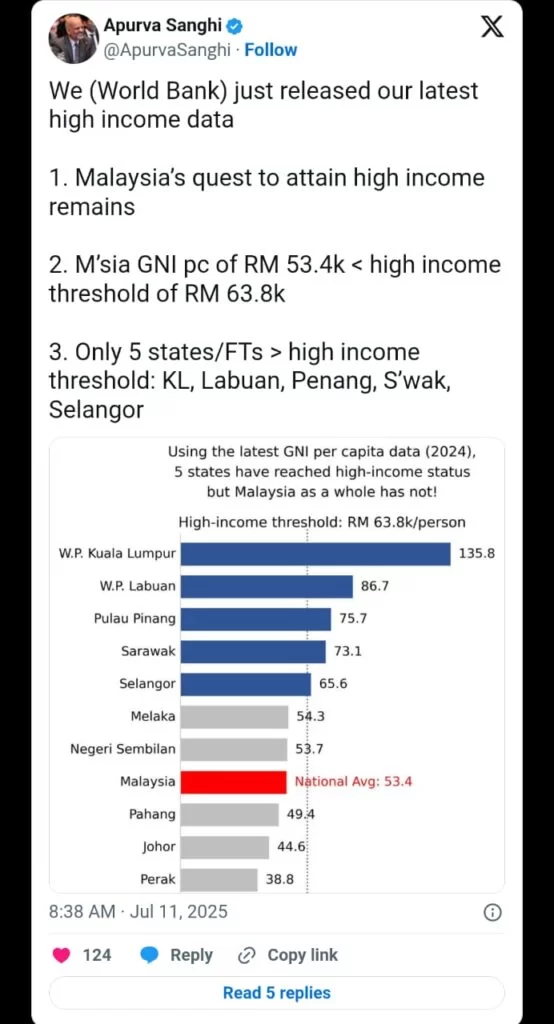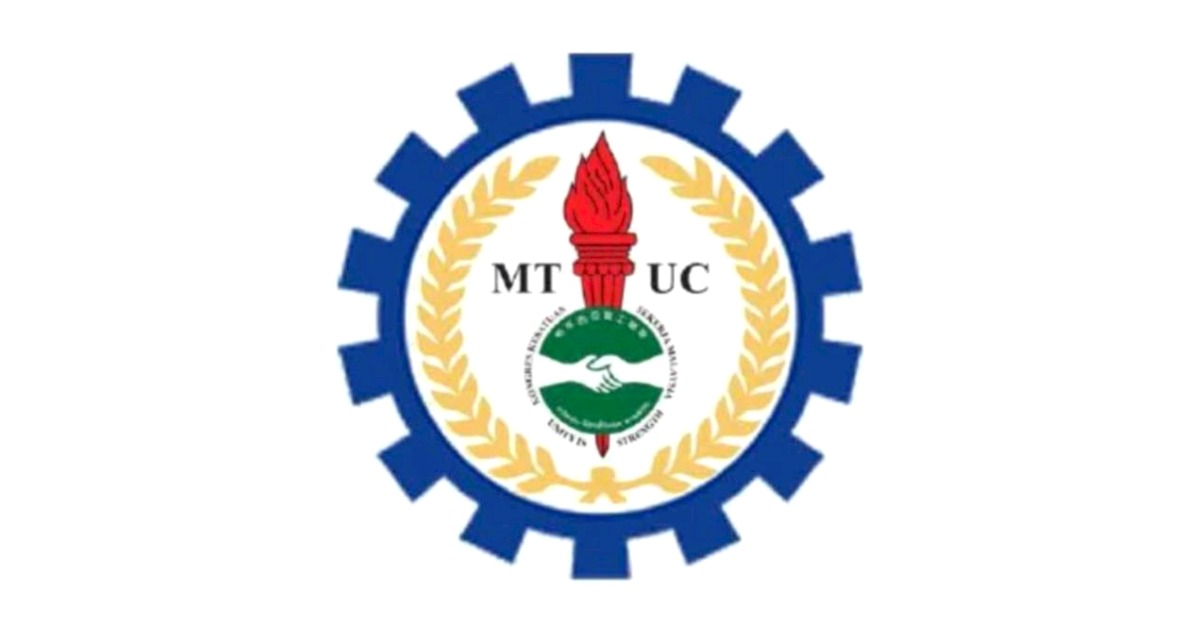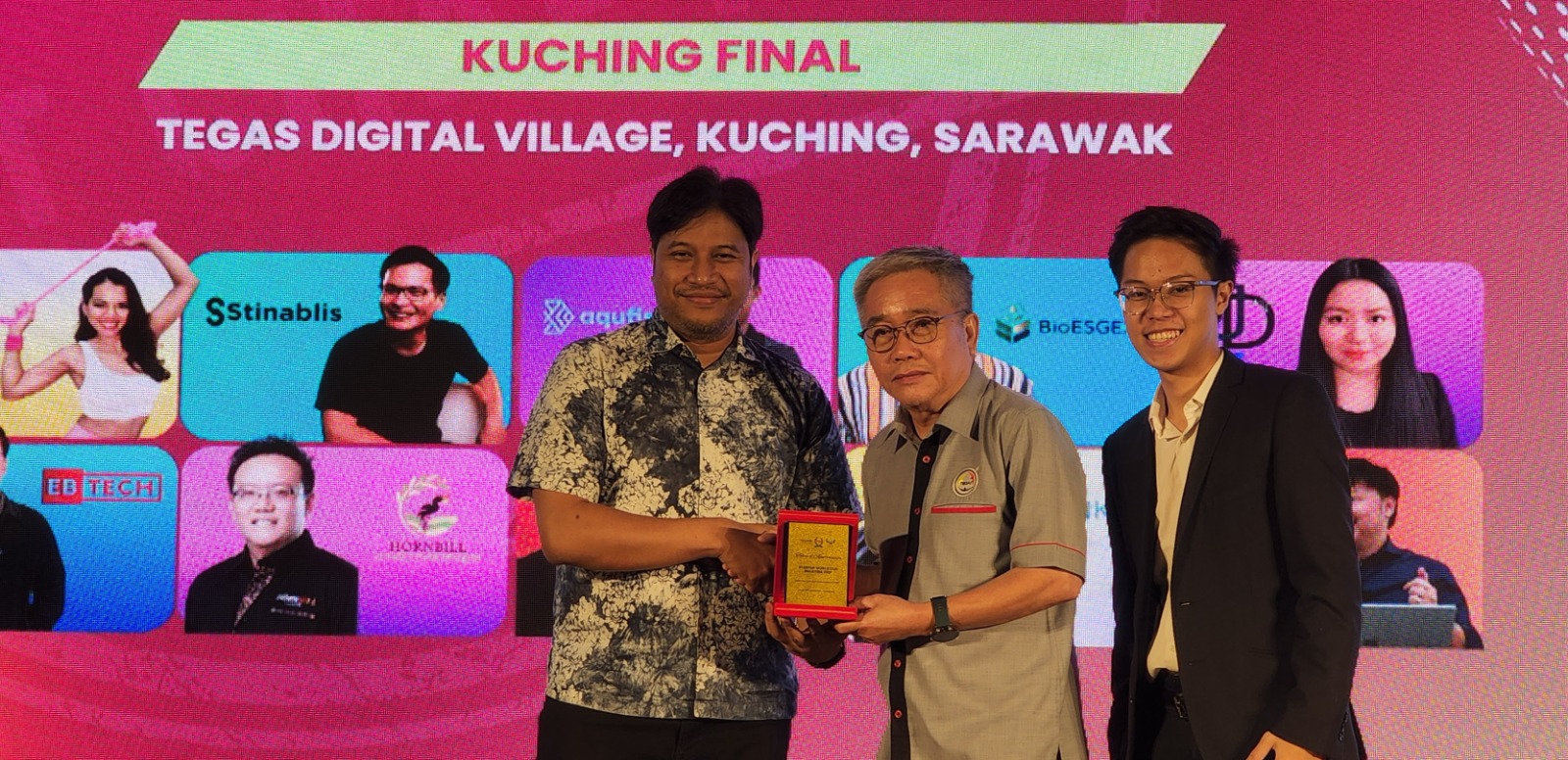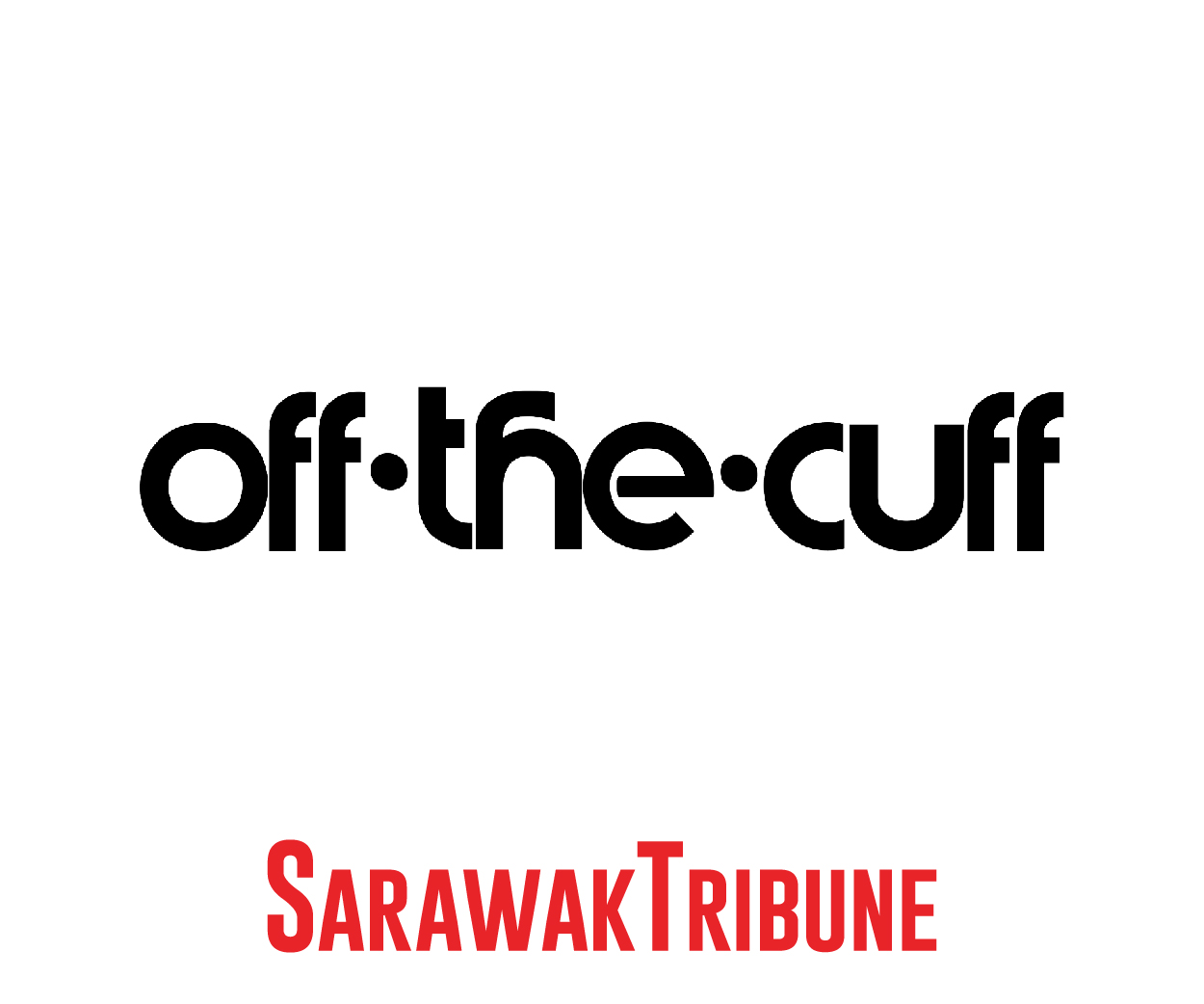KUCHING: Sarawak may now be ranked among Malaysia’s high-income states, but rising inequality and looming energy demands risk blunting its progress, says Universiti Malaysia Sarawak (UNIMAS) senior lecturer Dzul Hadzwan Husaini.
The World Bank in 2024 again recognised Sarawak as a high-income economy—placing it in the same league as Kuala Lumpur, Labuan, Penang and Selangor. In fact, Sarawak’s per capita income has now surpassed Selangor’s, a signal of strong resource-led growth.
But Dzul cautioned that median income levels remain well below the mean, highlighting persistent inequality. “Growth is uneven. The GINI coefficient for both Sarawak and Selangor ranks among the highest in the country,” he said in an interview with Sarawak Tribune in conjunction with Sarawak Day.
Some critics argue that the “high-income” label glosses over gaps in infrastructure and rural connectivity. But Dzul believes that even well-developed states like Selangor struggle with similar issues. “Infrastructure alone doesn’t close inequality gaps.
We need structural reforms, inclusive governance and an economic ecosystem that benefits all,” he said.
To future-proof its growth, Sarawak must pair economic momentum with equity and accessibility, he added. “That means making it easier to do business, ensuring clean governance, and empowering SMEs across both urban and rural divides.”
Dzul praised Sarawak’s leadership in renewable energy—especially hydropower—and its role in ASEAN’s regional power grid. But he said that large-scale renewable projects are capital-intensive, slow to roll out and can strain public finances if not managed prudently.
“Ambition must meet realism. Hydropower can’t be the only answer, especially with rising industrial demands,” he said.

He referenced a 2025 Asian Development Bank report showing how countries like Nepal, Cambodia and Sri Lanka rely on hydropower due to low energy demands—not because it scales well for industrialised growth. Sarawak’s rising share of national GDP—currently around 10 per cent—means its energy consumption will only grow, he said.
Instead, he called for a national pivot toward energy conservation. “Efficiency measures offer faster, cheaper results. Public infrastructure upgrades, retrofitted homes and behaviour change campaigns can cut consumption by 30 to 40 per cent.
That’s equivalent to multiple large-scale projects—at a fraction of the cost.”
Even advanced economies like Germany and Japan, he added, are shifting focus from generation to conservation. “It’s not just green policy. It’s smart fiscal strategy.”
On education, Dzul welcomed Sarawak’s free tertiary education push but urged a broader vision: to transform local universities into global research hubs. “Free education is noble. But world-class universities are transformational,” he said.
He cited Singapore’s National University as a model for turning education into an export economy. “With strategic
investment, Sarawak could do the same—building talent, driving innovation, and reducing dependence on oil and gas.”
Sarawak’s ability to fund rakyat-centric programmes such as rural road construction, cash aid and school upgrades is largely thanks to its oil and gas-based revenue and state sales tax authority.
“These initiatives show a government that listens,” said Dzul. “But we must strike a balance between short-term populist relief and long-term structural reforms.”
Overreliance on resource income for subsidies, he said, risks fiscal sustainability. Instead, greater emphasis must be placed on quality education, digital infrastructure, and innovation—investments that build long-term resilience.
“Sarawak’s fiscal strategy must be anchored in prudence, transparency and intergenerational responsibility,” he stressed.
“Let’s use today’s windfall not to overindulge, but to build a foundation for tomorrow.”
He closed with a reminder: “We have come far and have much to celebrate. But true progress requires more than high numbers—it demands equity, resilience, and a bold, inclusive vision.”


















